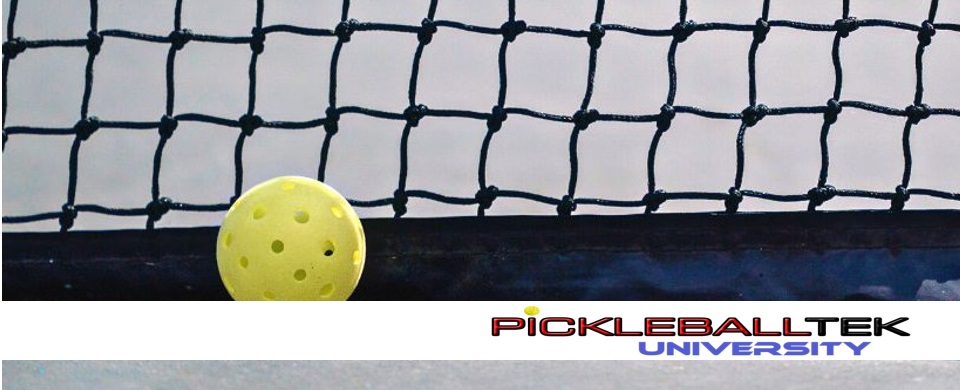
Keep Paddle Up
To maximize your performance on the court, it is crucial to maintain a ready position that allows for flexibility and adaptability. By keeping your paddle up and ready, you are prepared to respond to a variety of shots based on your opponent's return. Seasoned players, emphasize the significance of this technique, advising players to always have their paddle up in between each shot and anticipate a powerful shot
TIPS AND TRICKS
1/25/20213 min read


To maximize your performance on the court, it is crucial to maintain a ready position that allows for flexibility and adaptability. By keeping your paddle up and ready, you are prepared to respond to a variety of shots based on your opponent's return. Seasoned players, emphasize the significance of this technique, advising players to always have their paddle up in between each shot and anticipate a powerful shot. It is wise to be prepared for a fast shot rather than a slow one, as the element of surprise is always present in the game. Additionally, it is essential to keep your knees bent and your feet in constant motion, ensuring that you are agile enough to lunge or sprint towards the ball when necessary.
It's likely that you've heard the advice to keep your paddle up before, maybe even experienced someone hitting a ball towards you to emphasize the importance of it. Despite knowing that we should keep our paddle up, we often forget to do so. Instead of just pointing out the mistake, let’s to show you how to properly keep your paddle up.
Rather than solely concentrating on the position of your paddle, pay attention to two key aspects:
maintaining a neutral posture that is facing the ball,
tracking the ball with your paddle.
By focusing on these two elements, you'll not only keep your paddle up but also improve your overall game performance.
Neutral Position
You may have heard the term “ready position” or “compressed position”. Your feet are a bit wider than shoulder-width. Do not be flat-footed. Ideally, feel light and agile on the soul of your feet. Bend forward from your hips, not your waist. Keep your chest and head up. Holding the paddle in front of you at about chest height.
You should be maintaining this position whenever you are not running or hitting the ball. This is called the neutral zone because it allows you to move in either direction, side to side, or forward or back.
To assume the neutral position, position yourself in a way that you are facing the ball without the need to turn your head. Instead of standing straight and attempting to hit the ball across your body, angle your body towards the direction where the ball is supposed to go, just like when you hit a crosscourt dink. Once you've made contact with the ball, return to your neutral position and angle your body in the direction the ball will be coming towards you. This will help you maintain a better stance and be prepared for the ball's trajectory.
Track the ball with your paddle
By using your paddle as a tracking device, you can enhance your ability to track the ball during the game. Instead of simply pointing at the ball, focus on keeping your paddle in front of the middle of your body. This technique serves a dual purpose and benefits you in several ways:
it allows you to maintain better control over the paddle, ensuring that it stays in the optimal position to intercept the ball.
by keeping the paddle in front of your body, you create a visual reference point that helps you track the ball's movement more effectively.
you can anticipate its trajectory and react swiftly, improving your overall gameplay. So, remember to utilize your paddle as a tracking device by keeping it aligned with the middle of your body for enhanced performance on the court.
by focusing on tracking the ball, you will actually be less likely to drop the paddle. In fact, when most people drop their paddle they lower it to their side. Simply focusing on keeping it up in the neutral position, tracking the ball, will improve your ability to keep the paddle up.
Remember that your paddle, hand, arm, and body are all connected, so when you shift to follow the ball, all parts will move together in unison. Since your paddle, hand, arm, and body are all connected…when you shift to follow the ball, all your parts will move in unison. This will help you shift your weight enabling you to move more quickly but remain balanced. This, of course, makes it easier to maintain your range of motion while being aware of your neutral zone.
Conclusion
Make sure you're in a neutral position, paddle ready to track the ball, so you can take advantage when your opponent drops their paddle.
sales@pickleballtek.com
Socials
Subscribe to our newsletter
(949) 456-0000
